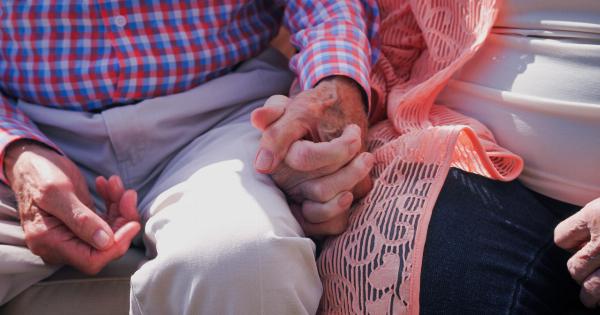Bronchoscopy is a procedure that allows doctors to examine the air passages within the lungs. It is a minimally invasive procedure that can help diagnose and treat various lung conditions.
This article will provide a step-by-step guide to bronchoscopy, explaining what it entails and what to expect during the procedure.
1. Preparing for the Procedure
Prior to the bronchoscopy, your doctor will provide specific instructions for preparation.
This may include fasting for several hours before the procedure, avoiding medications that can thin the blood, and arranging for transportation as you may be given sedation during the procedure.
2. Anesthesia and Sedation.
During a bronchoscopy, you will be given a local anesthesia to numb the throat, which helps reduce discomfort during the procedure. In addition to this, you may also be given sedation to help you relax or even put you to sleep.
The choice of anesthesia and sedation will depend on your specific needs and your doctor’s recommendation.
3. Insertion of the Bronchoscope
The bronchoscope is a flexible tube with a light and a camera on its tip. It is inserted through the nose or mouth and gradually passed down into the airways.
Your doctor may use a local anesthetic spray to numb the back of your throat before inserting the bronchoscope.
4. Navigating the Air Passages
As the bronchoscope is advanced, your doctor will instruct you to breathe deeply or hold your breath at certain times. This allows the bronchoscope to maneuver through the air passages and examine different areas of the lungs.
Images from the bronchoscope’s camera will be displayed on a monitor, allowing your doctor to visualize the airways in real-time.
5. Biopsy and Sample Collection
If your doctor identifies any areas of concern during the bronchoscopy, they may take a biopsy or collect samples for further testing.
This can involve using tiny tools inserted through the bronchoscope to remove small tissue samples or collect fluid samples from the lungs.
6. Washing and Suctioning
During the procedure, your doctor may wash and suction the air passages using saline solution. This helps clear mucus or any other secretions that may obstruct the view or cause breathing difficulties.
7. Completion of the Procedure
Once the bronchoscopy is complete, the bronchoscope is slowly withdrawn from the air passages. You may cough or experience a mild sore throat following the procedure. If sedation was used, you might be taken to a recovery area until the effects wear off.
8. Post-Procedure Care
After the bronchoscopy, your healthcare team will provide instructions for post-procedure care.
This may include avoiding heavy lifting or strenuous activities for a certain period, taking any prescribed medications, and monitoring for any signs of infection or complications.
9. Results and Follow-Up
Depending on the purpose of the bronchoscopy, it may take some time to receive the results.
Your doctor will discuss the findings with you and determine the appropriate course of action, whether it’s further testing, treatment, or continued monitoring of your condition.
10. Potential Risks and Complications
Though bronchoscopy is generally considered a safe procedure, there are some risks involved. These can include bleeding, infection, a punctured lung, or an adverse reaction to anesthesia.
It’s important to discuss any concerns or potential complications with your doctor beforehand.






























